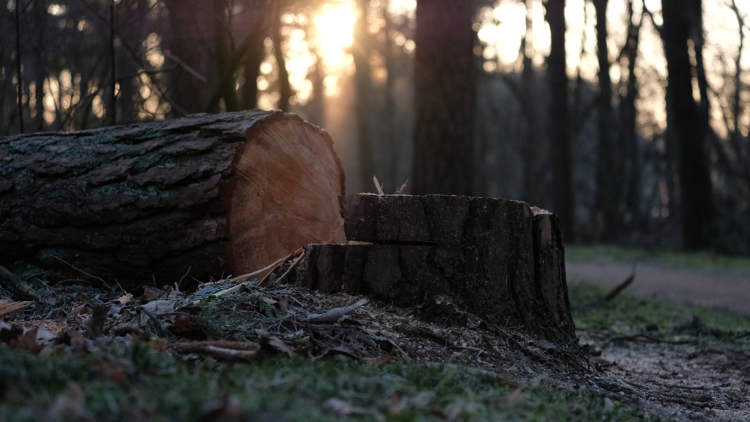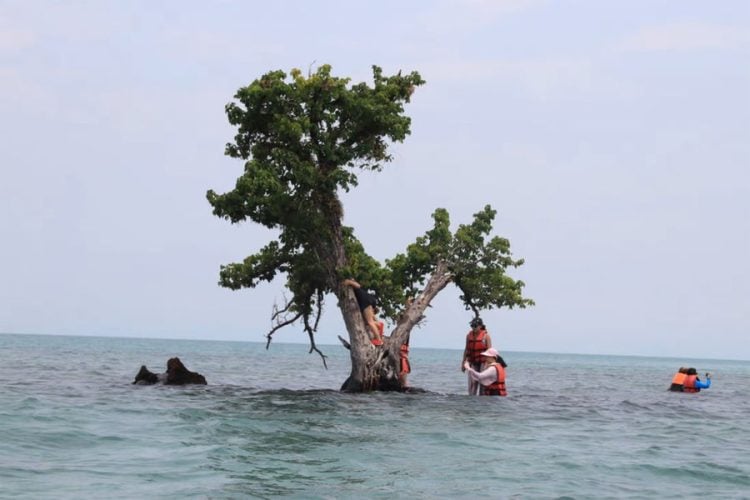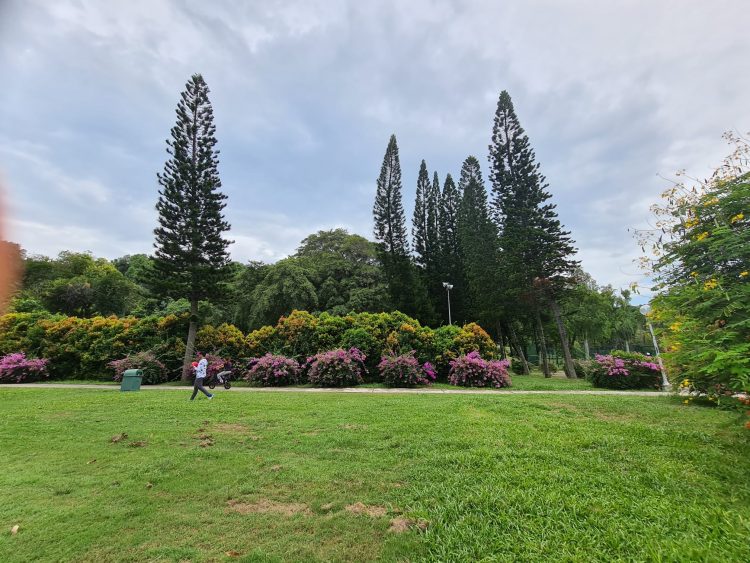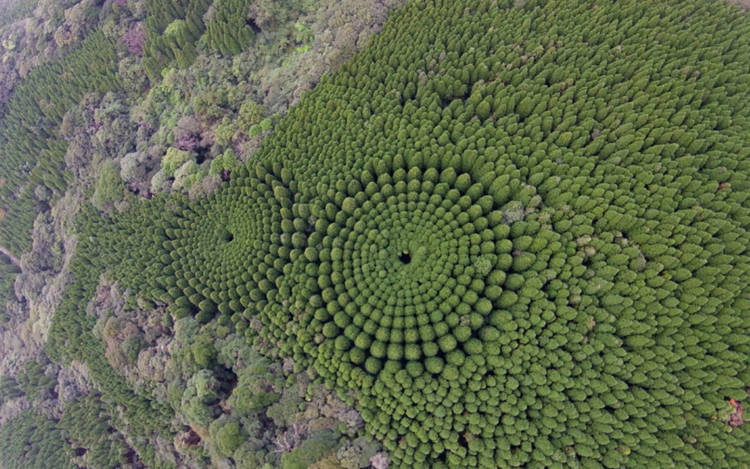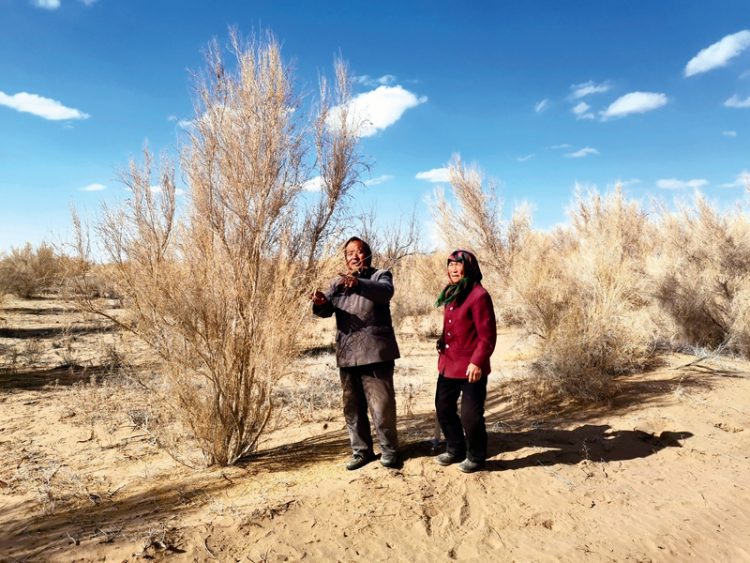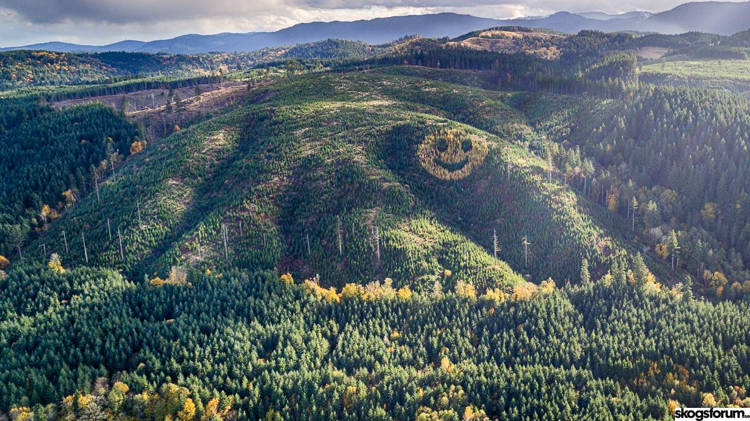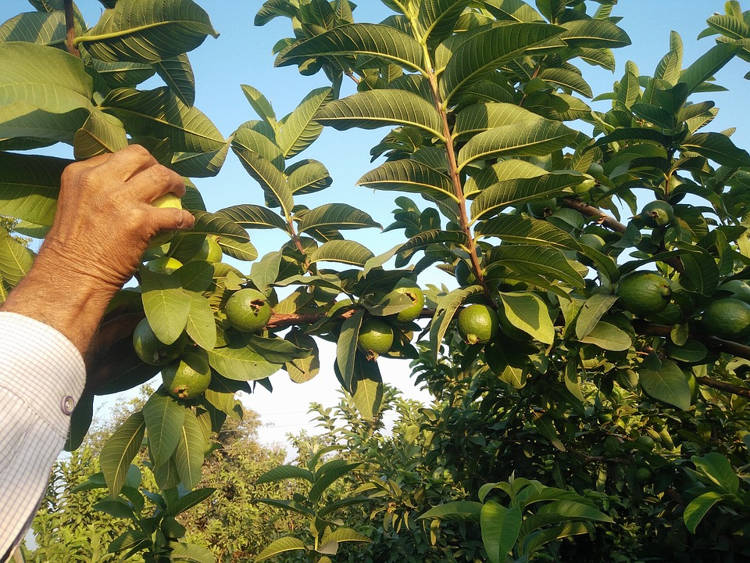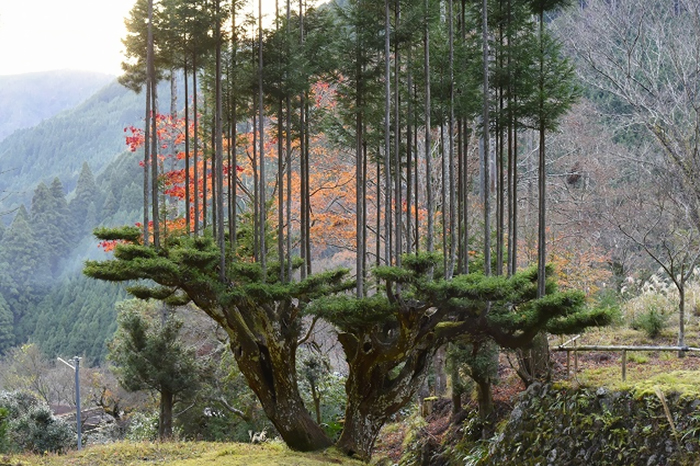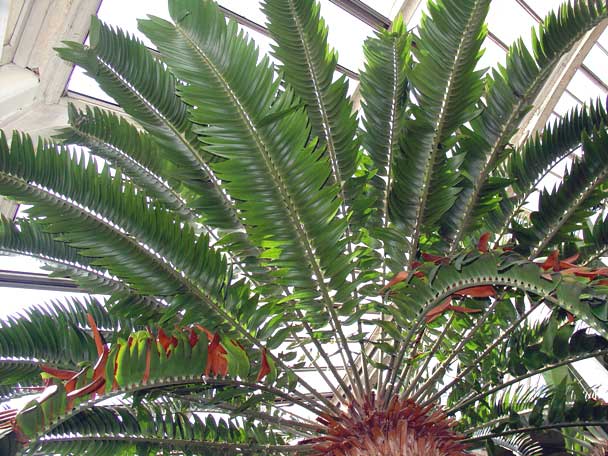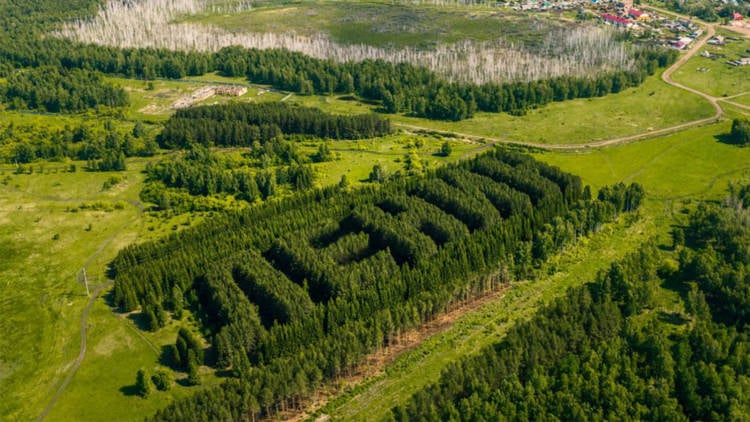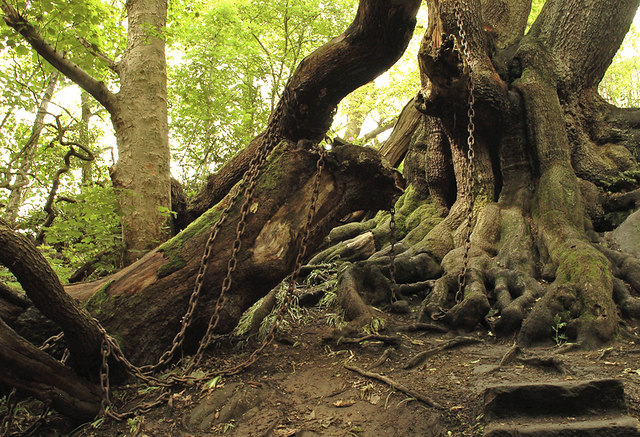Pterocarpus angolensis, commonly known as wild teak or bloodwood, is a species of tree native to Southern Africa known primarily for the dark red sap it secretes which looks like blood when the tree is cut.
Well-known in tropical Africa, where it is used to make high-quality furniture and musical instruments, wild teak is resistant to termites and has a nice, spicy fragrance. It is also resistant to fire so trees are sometimes planted around structures that need to be protected from flames. But outside of southern Africa, bloodwood is most known for its unique dark red sap. Its resemblance to blood has made some people speculate about the tree’s magical healing powers in blood illnesses, none of which have been proven by conventional medicine.



